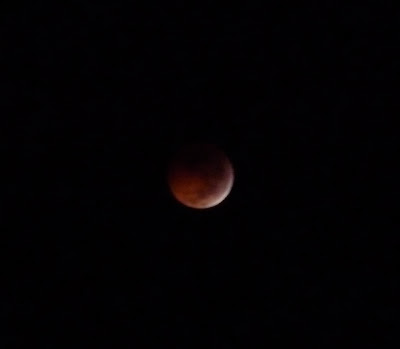Here are a few of my highlights from the last 2 days in South America, in Santiago, Chile.
 |
| Sunset on Santiago, view from Cerro San Cristobel |
 |
| A few of the cool murals around Santiago |
 |
| Grapes growing from the telephone lines! |
 |
| The Beautiful old downtown Architecture |
I don’t know, Its kind of weird leaving South America and although the trip isn’t over I can’t help but feel like part a big part of it may be, the cultural differences and stuff, the differences that make just walking down the street an adventure. Sounds kind of spoilt saying that when I read back over it, because after all I’m still on the other side of the world, but let me explain. Arriving in Auckland last night was exciting and as the bus drove down through the clean streets on the left hand side of the road I almost felt as if I was arriving back home, a lot of the vegetation and scenery around the outskirts of Auckland is similar to England and the coins and notes had the old familiar Queen Elizabeth and her snooty nose on them. But today as I wandered around the centre of Auckland and the parks and stuff a few funny things happened as I slowly adjusted to being back in civilization after 7 months.
I went into this internet café and instinctively greeted the Japanese lady working there with hola!, and at another place I ordered my food starting with ‘quiero’ too. Now I’m not saying I’m fluent or that I’m thinking in Spanish or anything like that, far from it, but there are little phrases which just stick and result in some strange looks from the kiwis!
Over the time spent in South America I have become expert at avoiding the vendors and trying to check out the prices without their knowing, and avoiding any hassle that I don’t really want to deal with. It’s hard to get used to the fact that, over here, you’re not actually going to get that hassle. Its funny when I look back at how I behaved when I got out the Auckland airport, actually, lets compare events at Santiago airport and Auckland airport.
Santiago
Ok so it’s the first thing in the morning when I arrived, about 3am, as soon as I cleared customs and got into the airport Taxi! Taxi!, “no gracias” and I go off looking for the two things I need, Chilean pesos and wifi to see where I’m going to stay. Typically the atms aren’t working and I look for another one, weaving a route around the taxi drivers hawking around inside the terminal at each door. After I successfully have both money and an address I walk out the front door, instantly there is someone trying to direct me to his taxi. In my badly pronounced Spanish I’m like “No gracias donde esta la terminal de buses” and he tells me that it’s over there, but they don’t start until 6am… literally lying to me as the bus pulls into the stop, I run after it and load my things on, saying “centro por favor, quanto tiempa?” trying to gauge how long it will take to get to the centre so I minimize the taxi expenditure. I’ll get off after about 40 minutes.
Auckland
I clear customs but then go through a ‘biohazards’ section to make sure my wooden guitar or the soil on my soles won’t wipe out wildlife or something and then I enter the front foyer of the airport. There are a few people waiting to greet friends and family and I go over to the ATM that works first time. It gives me my card back before my cash ‘that’s the way you do it’, I think. When you go to a machine you want money, so giving you that last ensures that you avoid situations like the one time in Bolivia when I walked off without my card. Fortunately, although on the whole they are desperately poor, the people in Bolivia are so kind and honest that some guy ran after me with the card when he could have cleared my account completely. Anyway, I go out the front door, I’d prepared the hostel in advance this time and remember reading something about the bus being the cheapest way. So I’m looking around for signs. I actually swerved away from the guy running the airport shuttle thing thinking he was going to start trying to convince me to use his services when I knew I didn’t want to, but I hit a dead end. When I go back round and walk past him he doesn’t even say anything. I think ‘that’s a bit weird’ but also find it relieving at the same time. I saw a bus and asked the driver if it was going to Queens street, “yea this is the one mate” “cheers, how much is it?” I reply, “Do you know where the Base hostel is by the way?” “yea $16, 3rd stop mate”. Amazing, I thought.
As much as street dogs, horns and putting toilet paper in the bin is annoying when you’re in South America, it all kind of goes to constantly reinforce the fact that you’re somewhere completely different, after a while you just kind of get used to it. Here it’s going to be the opposite, getting used to the real world again (ok that sounds bad... the 'world I was used to'). Hopefully though, there will still be a lot of exciting adventures and things to do and see despite the civilised backdrop… Here goes NZ!
 |
| Sky tower - people like to jump off this... with bungees of course |
 |
Cosmopolitan Auckland
|
























































